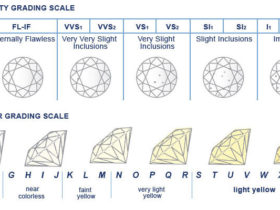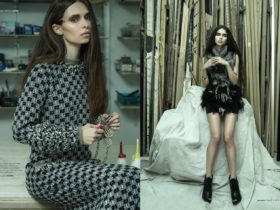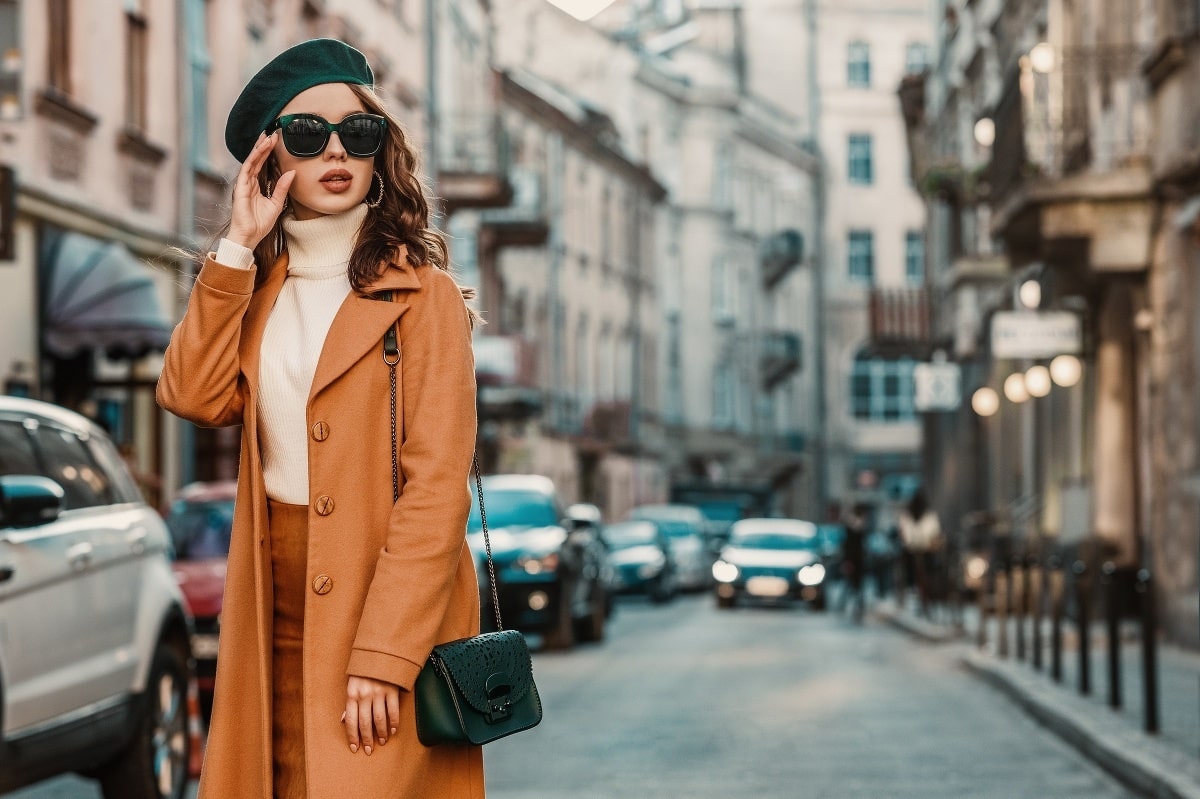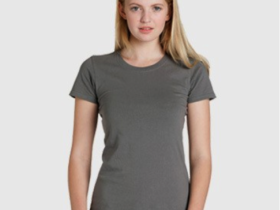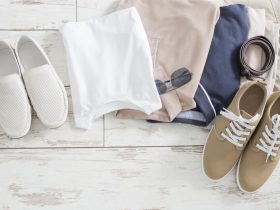If you have a lot of clothes that come in bright hues and tones, sometimes mixing and matching them can be a pain. With so many different combinations to choose from, it can be hard to throw together an aesthetically pleasing ensemble, especially since certain colors simply don’t go together. But before you give up and grab your neutral staples, you can follow a few tips and tricks to make color coordination a breeze. To help you out, here are a couple of things to keep in mind:
1. Use the Color Wheel as Reference
Yes, that diagram that they always taught in art class can come in handy when it comes to your fashion needs. It’s a quick and easy reference you can use to make sense of basic color theory, especially if you’re in a style rut. Indeed, a quick look at the color wheel can help you come up with a visually pleasing outfit based on monochromatic, analogous, complementary, or triad schemes.
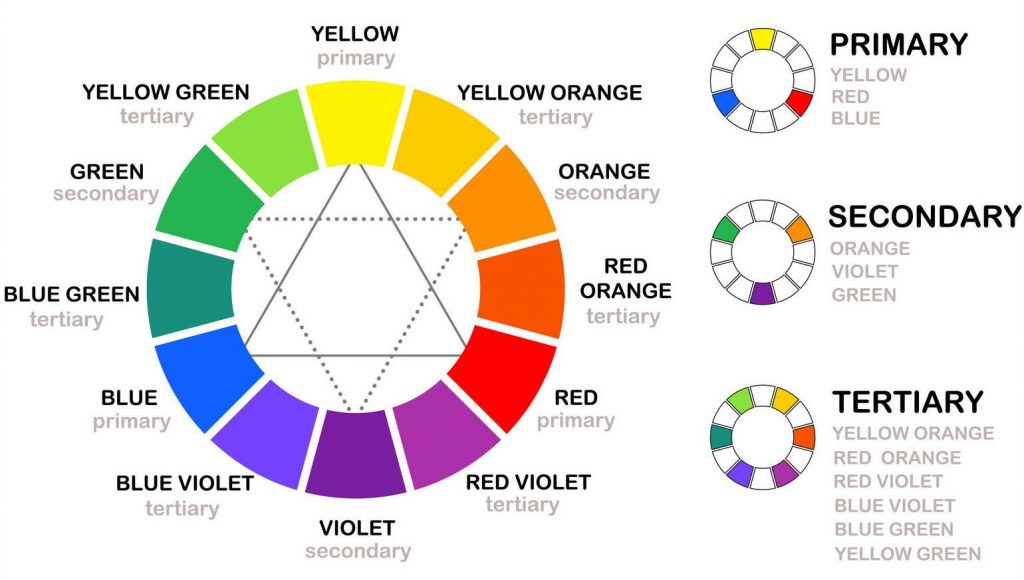
If you have trouble remembering all these palettes from memory, print it out and tape it to your closet. You can also save a picture of it on your phone for easy referencing whenever you’re outfit planning.
2. Wear Colors That Match Your Skin Tone
Before putting together an outfit, take note of your skin tone, eye color, and hair color. All these can significantly affect how certain hues and shades will look on you. Don’t forget to determine your undertone, too. You can do this by looking at the veins on your wrist or by holding a blank piece of white paper next to your face.
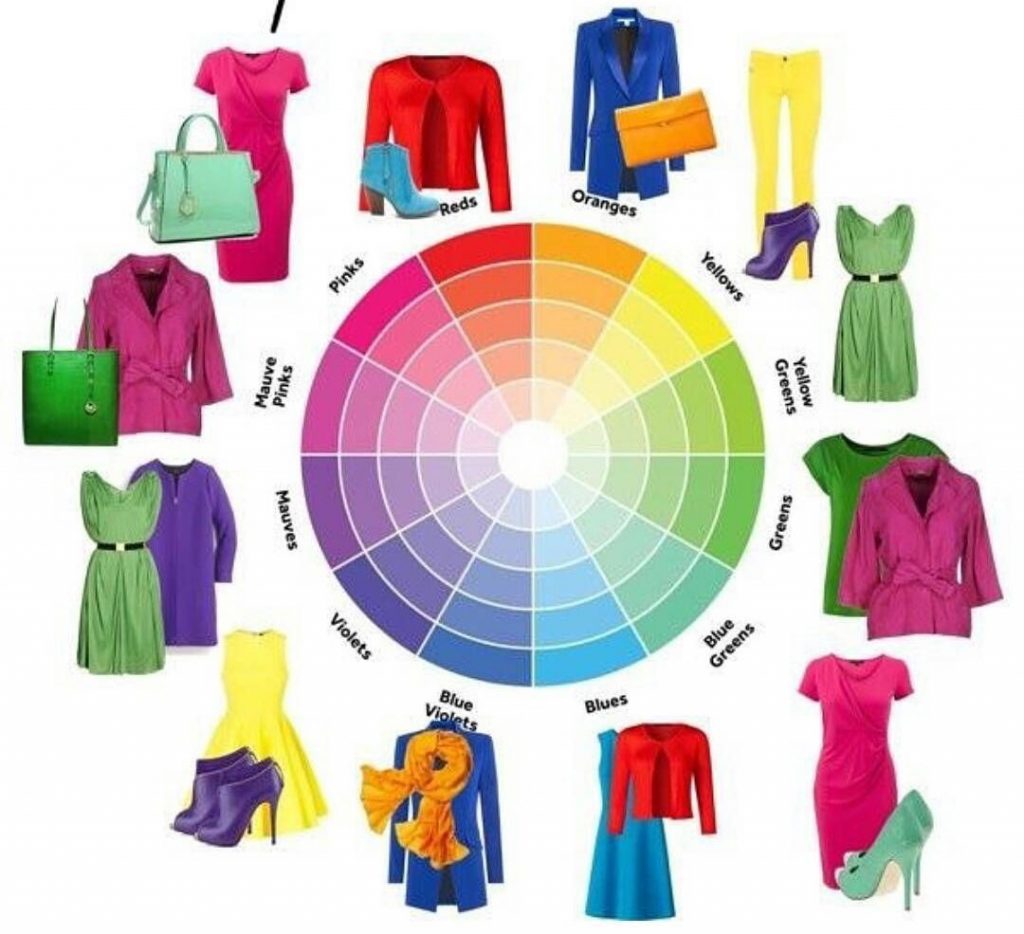
When picking clothes to wear, check if they enhance your features instead of washing you out. If it does the former, then those clothes are in the right shade for you. Just to be safe, try to get a second opinion as well.
3. Dress in Similar Tones with Analogous Palettes
If you want a subtle but striking ensemble, go for analogous colors. While it seems hard to imagine, they’re basically a match-up of warm or cool colors that have similar undertones. For example, a blue dress will look great with a green bag and violet shoes.
However, analogous schemes can be a bit tricky because you have to take into account each piece’s levels of lightness and darkness. Thus, you must consider how bright or muted you want your look to be. So if you plan on wearing a neon top, it’s best if all the other pieces of the ensemble are neon as well. The same goes for pastel shades, jewel tones, and so on.
4. Wear Complementary Palettes for a Bolder Statement
Complementary schemes are basically made up of hues that are on polar opposites on the color wheel. So if you really want to grab people’s attention with your outfit, try this specific combination out. You’ll find that these contrasting hues won’t clash and will make you look like a master at coordinating your outfits.
For example, you can mix and match a blue top with an orange skirt, or a violet blouse and yellow pants. You can also keep things simple by color blocking your outfits or looking for fun prints that are made with complementary palettes.
5. Match Your Socks with Your Top
Socks often end up neglected in many people’s wardrobes, especially if they come in bland neutral designs. But if you own a lot of statement socks, come up with an effortlessly coordinated look by wearing socks that are the same hue as your top. This can help bring your whole outfit together, especially if your bottoms and footwear come in entirely different shades.
For example, if you’re wearing a pink blouse, you can’t go wrong with a pair of pink socks. If you don’t have socks in a certain color, though, you can always buy packs of high-quality ones from online stores such as No Nonsense.
6. When All Else Fails, Go for a Monochromatic Look
If you find it difficult to remember all of these various palette types, you might just get by with pairing pieces that come in different shades of the same color. The best part is that it’s hard to get this particular combination wrong. Plus, you can play around with different silhouettes to make your outfit look more interesting. To give you a specific example, try putting together an ensemble with teal, mint green, and pine pieces.
For a lot of people, the idea of color coordination can be extremely intimidating. But with a basic understanding of color theory, some creativity, and a lot of confidence, coming up with visually interesting outfits will soon become second nature to you. Just follow this guide and let your style and personality come through as you experiment with all sorts of different combinations.

